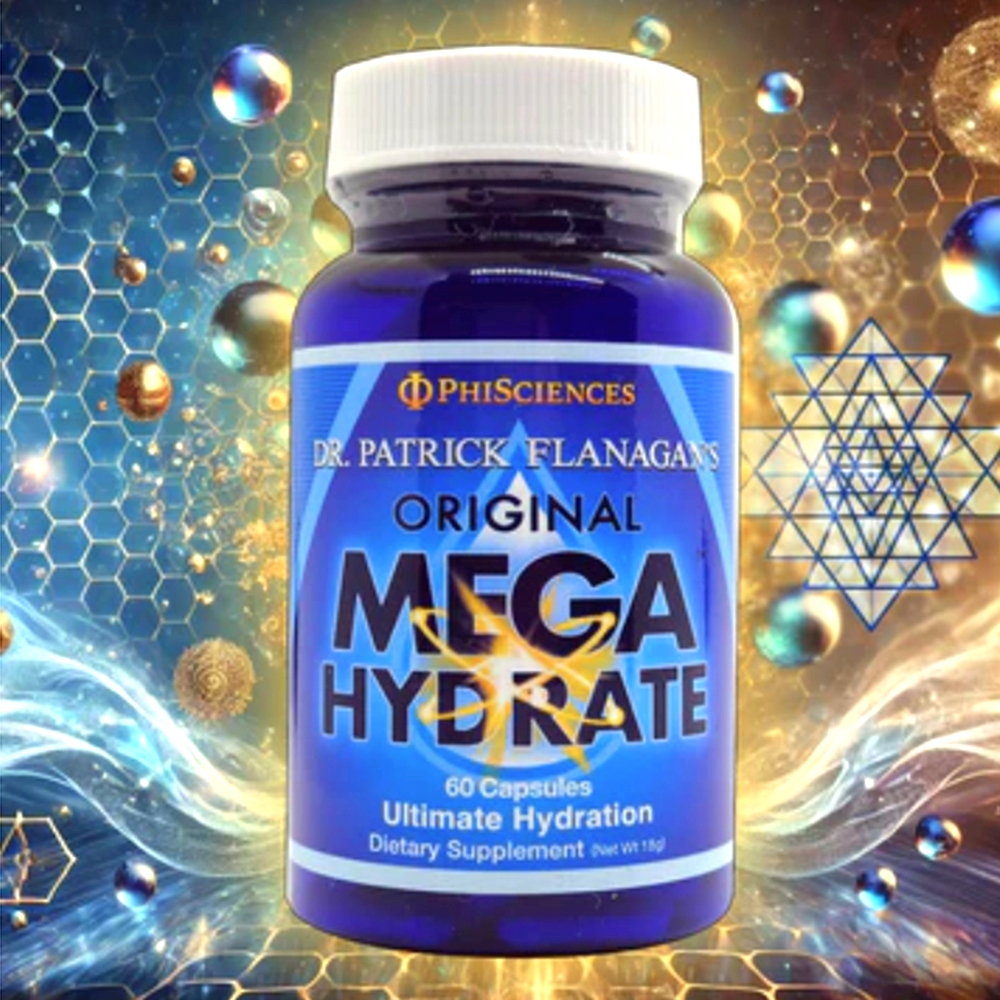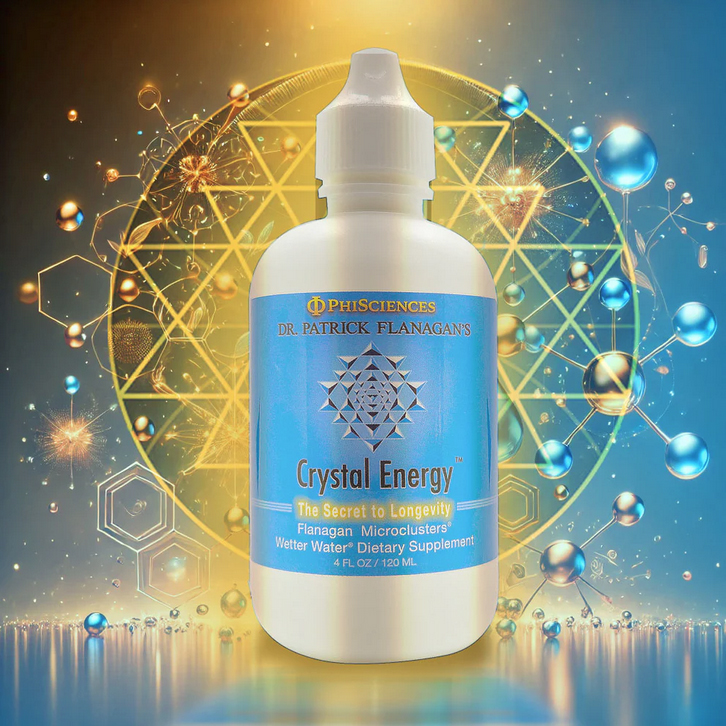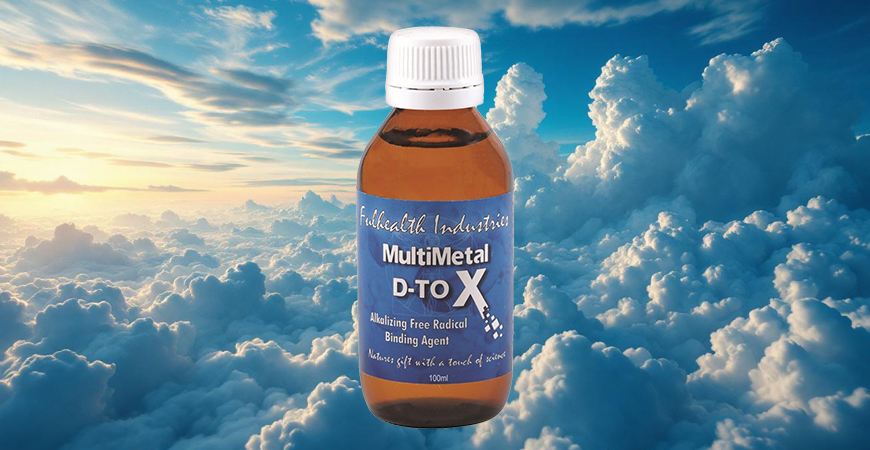Dr. Patrick Flanagan Talks About Antioxidants and Negatively Charged Hydrogen Ions
You’ve heard vitamin C and E are big antioxidants, but did you know there’s a tiny antioxidant that works even deeper?
The negatively charged hydrogen ion!
In the video below, Dr. Patrick Flanagan explains what free radicals are, what they do, how oxidative stress affects your cells, and why negative hydrogen ions may be one of nature’s most efficient antioxidant systems.
Antioxidants and oxidisation
If you’re not quite sure what the difference is between anitioxidants and oxidisation, simply put, oxidation is the loss of electrons… that’s it.
So if something steals electrons from your cells, your cells get oxidised.
For instance, the oxygen you breathe in, the chlorine added to most municipal water supplies, and even hydrogen peroxide (and there’s a lot more) will steal electrons.
And because they are oxidisers, they pull electrons away creating an electron loss that is then called a free radical, and free radicals do the same thing.
They steal electrons from your cells and DNA.
Yet unbeknownst to the one experiencing life in the body, your body’s cells face a storm of free radical hits every second.
Many scientists believe this constant creation of free radicals caused by oxidation is actually the driving force behind the processes of disintegration (that we all experience), called aging.
If you feel your body is collapsing quicker than you would like, look at your antioxidant intake.
And make no mistake about it!
It all comes down to your nutritive intake, an if your nutritive intake doesn’t contain or have enough antioxidants ready to donate electrons, your cells are going to take the hit.
Related Video
How Antioxidants Work
- Antioxidants give up electrons to protect your cells.
- Different antioxidants give up electrons at different strengths.
- Vitamin C is an antioxidant. It donates an electron, which helps you. But then vitamin C becomes oxidised. Now it wants an electron too.
- Other antioxidants like vitamin E or pycnogenol, can step in and donate to vitamin C.
- This hand-off continues in what’s called an electron cascade.
- This is why a broad mix of antioxidants matters. Vitamin C, vitamin E, selenium as a cofactor, pycnogenol, preferably organic RAW fruit and vegetables and others all play a role.
Where Negatively Charged Hydrogen Ions Come In
Now, here’s the idea that gets people excited because hydrogen as H minus (H−), also called the hydride ion, carries an extra electron.
It can donate that electron to neutralise a free radical but unlike other antioxidants, when H− donates its electron, it does not become a free radical.
Instead, it simply converts to form water and doesn’t go on to damage cells.
- Because of its tiny size, it may move quickly in the body.
- Studies indicate that negatively charged hydrogen ions can reach places larger antioxidants cannot.
Why H− is considered “Powerful”
- Direct electron donor: H− hands over an electron fast to neutralise free radicals.
- No cascade rebound: H− does not become a new problem after donating.
- Simple byproduct: Water is the end result, which is harmless in normal amounts.
- Potential reach: Small molecules can move across membranes more easily than big antioxidants.
How H− Differs From Typical Antioxidants
- Vitamin C, vitamin E, polyphenols, and others can become oxidised after they help.
- Multiple studies have clearly shown that H− ends the oxidation reaction cleanly, without itself becoming a new free radical.
What This Could Mean For You
- Cellular protection: Extra electron donors can help buffer daily oxidative stress.
- DNA support: Less oxidative damage may support healthy aging.
- Recovery: Antioxidants can support normal inflammation resolution after exercise.
- Brain and energy: Less oxidative stress may support focus and mitochondrial function.
Related products



About Patrick Flanagan
Dr. Patrick Flanagan was an American inventor, author, and researcher known for exploring human performance, longevity, and energy science.
He created Microhydrin (renamed MegaHydrate), a negatively charged hydrogen ion supplement designed to boost cellular hydration and fight free radicals.
He also developed Crystal Energy, a water additive that reduces water surface tension and is said to dramatically improve water absorption at the cellular level.
Through his books and public talks, Flanagan inspired a wide audience interested in wellness, alternative science, and the potential of structured water.
Related articles
What’s the Difference Between Crystal Energy and MegaHydrate
The Science Behind Crystal Energy & MegaHydrate
MegaHydrate ORP Test Over 6 Hours
MegaHydrate / Crystal Energy – Wetter Water
Disclaimer: All information on this web site is for informational purposes only. Under no circumstance is any product on this site intended to diagnose, treat, cure or prevent any disease or condition. Please contact a medical doctor to diagnose and treat medical conditions.



